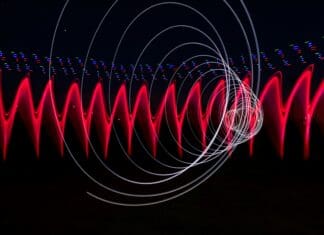This post is also available in:
 עברית (Hebrew)
עברית (Hebrew)
Researchers from Chinese satellite maker “GalaxySpace” and several other scientific research institutions participated in the first-ever open-sea testing of China’s low Earth orbit (LEO) satellite constellation.
Chinese satellite operator Satcom has so far been focused on its local needs and relied on satellites in geostationary orbits, but it is now transitioning to low-Earth orbit satellites that could rival services like SpaceX’s Starlink.
China’s ambitious goals are to set up a 13,000-satellite constellation that can be used to provide internet services in countries where it can exert its dominance.
The project is being led by the China Academy of Space Technology (CAST) and the Innovation Academy for Microsatellites (IAMCAS), which has been allotted a target of launching 30 satellites by the end of the year and will be aided by firms like GalaxySpace.
According to Interesting Engineering, GalaxySpace launched 6 satellites from the Xichang Satellite Launch Center in March 2022, along with a broadband communication satellite that it had built and deployed in low-Earth orbit to form the country’s first LEO broadband communication test constellation.
The broadband communication satellite is part of the smaller constellation dubbed the “mini-spider” by the company, which is built to provide uninterrupted low-orbit satellite broadband communication for more than 30 minutes at a time. The service will be used by China as an experimenting platform for satellite internet constructions.
Chinese space missions have recently quadrupled. The country carried out 60 launches in 2022 alone, including a mysterious spaceplane that made global headlines.
The timeline of China’s plans to deploy the global network of low-Earth satellites will conclude during the next 5 to 10 years. Elon Musk’s SpaceX is also expected to deploy a similarly large number of satellites in this same time frame, and astronomers have expressed their worries about the interference of these satellites in research observations.


























